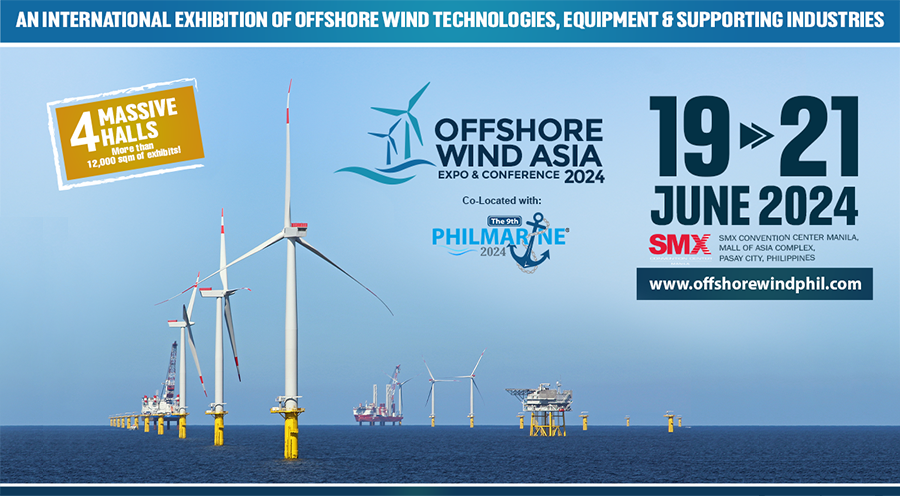Geothermal energy is the solution to the country’s energy security while addressing climate change challenges, according to Lopez-led Energy Development Corp. (EDC).
“Since geothermal energy can provide continuous power 24 hours a day, it serves as the best source of baseload power,” said Marvin Kenneth S. Bailon, head of EDC’s business development, market planning and contracts, as quoted in a BusinessMirror report.
EDC provides 60 percent of the country’s total geothermal supply with a capacity of 1, 181MW as of now.
Negros and Leyte are abundant in geothermal supply. EDC has been getting their supply from these locations.
“Studies have repeatedly pointed out that the Philippines is the third most vulnerable country to climate-related hazards and we need to take bold action to reverse that. One decisive step we can take is to transform our energy sector and the islands of Negros and Leyte show that it is possible and now even a reality,” added Bailon.
Bailon also said that consumers also benefit from more competitively priced power rates.
Leyte Geothermal Project is home to EDC’s largest geothermal facility and has the biggest wet steam field in the world, with a capacity of 711.4-MW. This power Leyte II Electric Cooperative and Leyte III Electric Cooperative, as well as other electric cooperatives in the Visayas region.
EDC Southern Negros Geothermal Project supplies 2 MW to Negros Oriental I Electric Cooperative, 25 MW to Negros Oriental II Electric Cooperative, 20 MW to Central Negros Electric Cooperative and 3 MW to Northern Negros Electric Cooperative, which is 16 percent of island’s power supply out of its peak demand of 312 MW.
“With the examples set by the provinces of Negros and Leyte, we are optimistic that a greener energy future lies in store for the entire country,” Bailon said.
Assistant Secretary Robert Uy of the Department of Energy (DOE) said the department is finding ways to assist the development of geothermal sources through fiscal and non fiscal incentives.
The cost of geothermal exploration activities range from $30 million to $50 million.
“The DOE is also procuring MT equipment for geophysical surveys. With this and the technically capable personnel from the Geothermal Energy Management Division, the DOE has now the capabilities to conduct preliminary exploratory studies that can prequalify geothermal areas and significantly reduce the resource risk. With this lessened risks, we envision that investing in geothermal energy development will be more palatable for both local and international developers,” said Uy.


